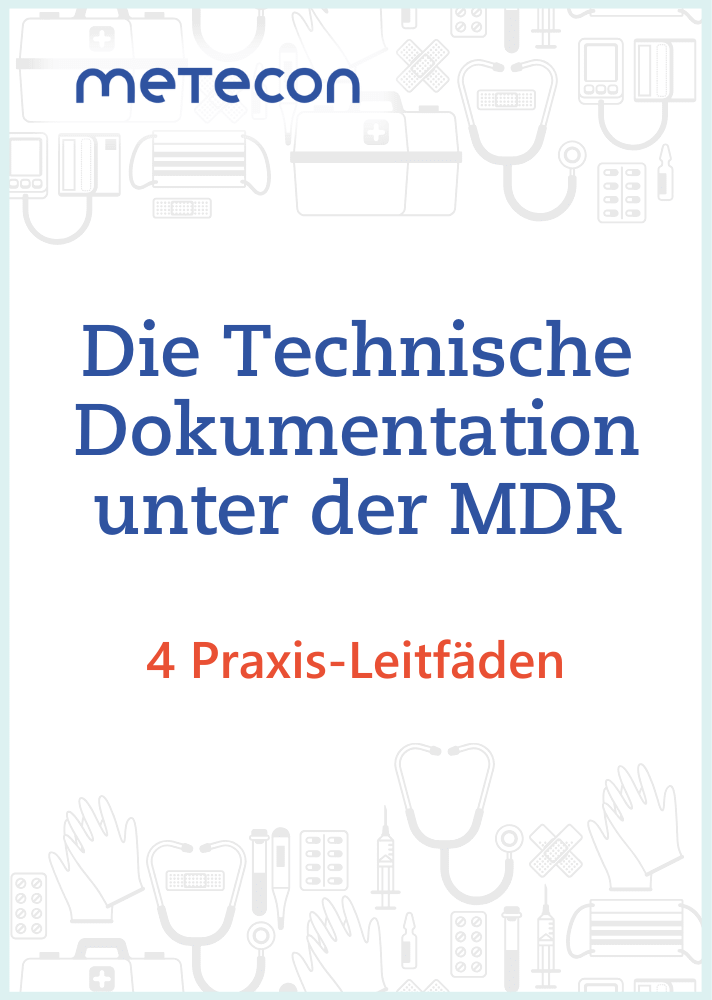Clinical Affairs deals with all aspects of the clinical application of your medical device. The aim of the activities is to prove that the medical device actually delivers the clinical benefit in practical application that was traded off against the risk in the risk management process. The clinical benefit of the device must be proven by data and observed and confirmed throughout the entire product lifecycle.In the scope of clinical evaluation, it is advisable to conduct systematic literature research in Adverse Event and scientific databases already at the initial stage of product development. On the one hand, this serves to ensure that known risks of similar products on the market may be excluded for your device; on the other hand, it clearly reveals the present state of the art for your technology. These search results are then seamlessly integrated into your product development requirements. You are already familiar with possible comparable products as well as available clinical data. During the course of the further development process, a final clinical evaluation is created and filed as a central document for technical documentation; it is an obligatory prerequisite for CE marking.
The product is on the market,
clinical evaluation is all done?
No, because as the manufacturer you must ensure a safe and efficient product throughout the entire product lifecycle. There are different possibilities to define suitable Post market clinical follow-up (PMCF) activities in the scope of post-market surveillance (PMS) such as evaluating defined questions with a large number of patients, long-term observation of patients, or investigations about known risks in literature.Based on this data you identify possible problems of your product, eliminate them at an early stage and thus increasingly adapt your successor products to your users’ needs.
Do you still have questions about how to implement the process?
Our experts look forward to a free initial consultation with you!
Tips from our experts
How to get started with the PMCF-CER cycle under the MDR
With Regulation 2017/745 (Medical Device Regulation, MDR), the European Union (EU) has introduced a cycle for regularly updating the clinical evaluation through the Post-Market Clinical Follow-Up (PMCF) report. The PMCF takes additional aspects into account and complements the clinical evaluation. This means that some activities will be relevant at a different point in time than they were before.Read more about it in our blog post
Clinical Evaluation: Why it is not just clinical affairs data that is important
Due to the complexity of the clinical evaluation of medical devices, the question arises as to what data manufacturers need to take into account. Guiding questions can help to identify the aspects that are "clinically relevant". Collaboration between clinical evaluation authors, risk management and clinical affairs is essential.More information on the topic in our blog post
Successful adaptation to the MDR: Our whitepaper series for your medical devices
Have you already adjusted your technical documentation to comply with (EU) 2017/745 (MDR)? If not, it's time to take action and ensure that the technical documentation of your medical devices meets the requirements of the MDR. Only by doing so can you guarantee the safety, quality, and effectiveness. In our whitepaper series, you will find valuable best practices for adapting your existing products to the MDR. Start directly with Part 1: "Conversion of Your Existing Products" to secure market access for your products in the EU!
(Available only in German Language)Download our whitepaper for free now.
(Available only in German Language)Download our whitepaper for free now.
Clinical affairs under new signs: What will the new European Medical Device Regulation (MDR) change?
The MDR turns the requirements of clinical evaluation upside down. In cases where it was sufficient to establish clinical evaluation on the comparability with another device in the past, the MDR strongly puts the collection of own clinical data into the focus. Manufacturers of certain device classes may only establish their clinical evaluation on the principle of equivalence if they have access to the competitor’s product file. With your own predecessor and comparable products, you may continue to use them provided that sufficient clinical data is available.Annex III of the MDR dedicates a completely independent “Technical documentation on post-market surveillance"to the issue of post-market surveillance. It clearly shows that the manufacturer has to establish a sophisticated process in this regard in which the expertise of clinical affairs, risk management, quality management, complaint management and marketing need to interact. Only then will it be possible to satisfy the new reporting requirements of a “Summary of safety and clinical performance” (SSCP, for class III and implantable devices) and the “Periodic safety update report” (PSUR, for all devices of class IIa or higher).We develop a tailored strategy for your PMS process that will enable you to interpret the extent of available data and assess whether you have sufficient clinical data at your disposal. If you require own clinical data, we help you find the right way how to generate clinical data efficiently. We support you in the development of PMCF processes and plans and are there for you throughout the implementation of PMCF activities.
Get us involved in the planning of your PMS activities at an early stage
We will find the best solution for you, implement it quickly and in accordance with the regulations, and be a competent contact for you and your Notified Body at all times.Thanks to our many years of experience with a wide range of products, we can quickly find the right strategy for your clinical evaluation. The result: a focused development process, accelerated completion of the submission file due to early identification of influencing factors, and a safe and efficient medical device for your company.



